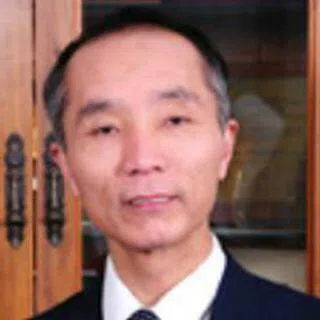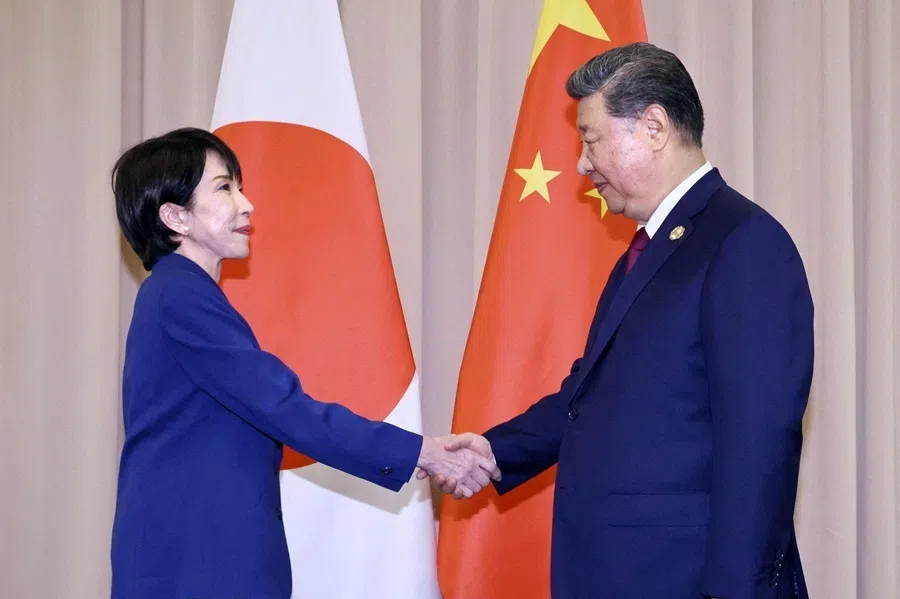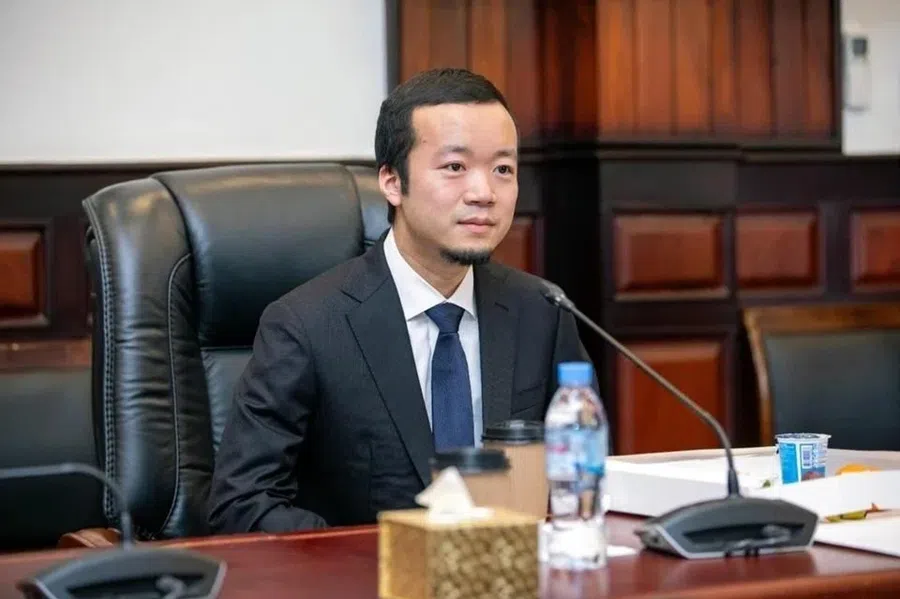China's changing diet: Should the world be alarmed?
Given China's huge population and limited agricultural land, the question "Who will feed China?" first gained prominence in the mid-1990s. Revisiting the issue today, Chinese academic Chen Hongbin notes that China has clear plans to maximise its comparative advantage in agricultural production and use a mix of measures to achieve overall self-sufficiency. However, some people outside of China are still alarmed. Chen examines the issue.
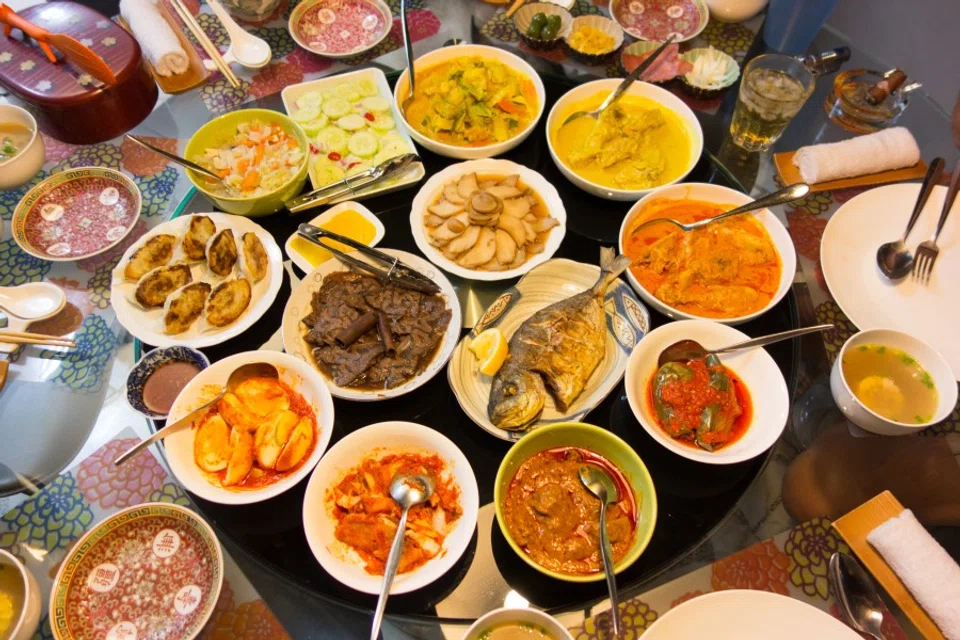
Once again, the Chinese central government's "No. 1 document" for 2021 (the first policy document of the year setting out its priorities) emphasised China's food security. As China is the world's top food consumer, its efforts in this area would be its biggest contribution to global food security and will have a stabilising effect.
The world asked in the 1990s: who will feed China?
In 1994, US academic Lester R. Brown wrote an article in World Watch magazine entitled "Who will feed China?" He felt that with China's population growth and changes in consumer profile, as well as China's urbanisation and industrialisation, China's grain production would fall by at least one-fifth (or 0.5% a year) between 1990 and 2030, and China would face an enormous food shortage. Once that happened, China would not be able to feed itself, nor would the world be able to feed China. Hence the question posed to China and the world: who will feed China? That article made waves and got the attention of governments, academics, and the media.
Brown's forecasts are clearly inaccurate. In 1994 alone, China's grain production was 445.1 million tonnes, which increased to 669.49 million tonnes by 2020.
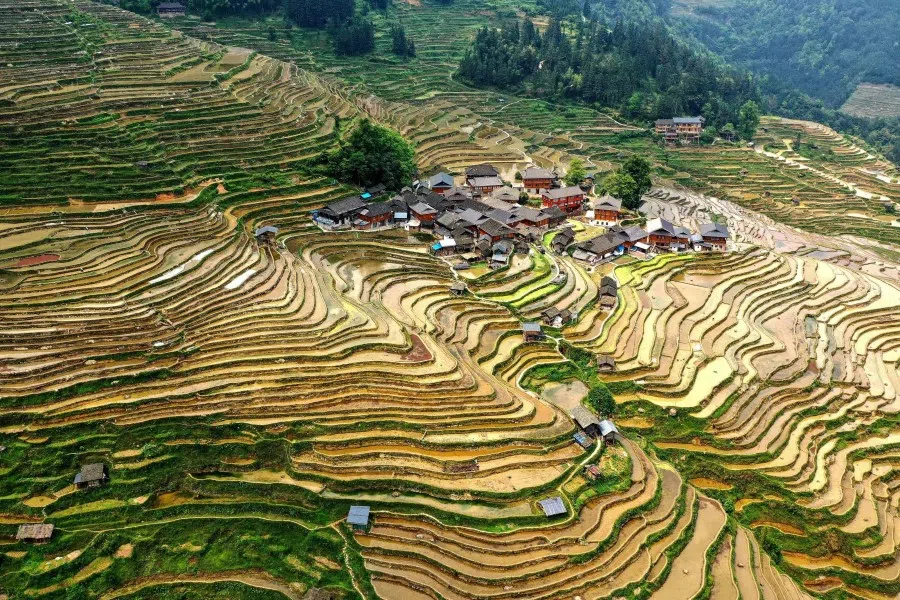
To lay out China's food situation and its food policy and to answer the question of who will feed China, in October 1996, China released its first white paper on food security, making a solemn commitment to the world that the Chinese people will not only be able to feed themselves, but will also improve their quality of life. China will not be a threat to global food security but will make a greater contribution to it.
In 2008, there was a global food crisis, and in an interview with the Global Times, Brown said his view had not changed and that the question of who will feed China remained unanswered. Brown felt that while the Chinese government had taken many measures to achieve basic self-sufficiency in food, China - like other countries - faced the issue of tight supply-demand balance. The question of who will feed China has once again sparked hot debate, but looking at China's food supply and food security since 2008, China has had no issues, which has much to do with China sticking to its long-term food strategy and ensuring basic self-sufficiency in grains and absolute security in rations.
Worries about China's food supply exaggerated
Brown's forecasts are clearly inaccurate. In 1994 alone, China's grain production was 445.1 million tonnes, which increased to 669.49 million tonnes by 2020. At this rate, China's food production will continue to increase to nearly 700 million tonnes by 2030, over 50% more than 1994. The so-called reduction of 20% is just Brown's erroneous forecast. Also, his article also forecasts that China's population will hit 1.6 billion by 2030, which is clearly off the mark. China's population will not reach 1.6 billion, or even 1.5 billion; there will be a turn before 1.45 billion. Since these key figures will not stand the test of time, these conclusions are of course just scaremongering.
In October 2019, the Chinese government released another white paper on food security. The context was likewise to respond to concerns by the international community, because while China maintained basic food security for itself, there were changes in its food production and supply and it had to clarify the situation through the white paper, to ease the concerns of the international community.
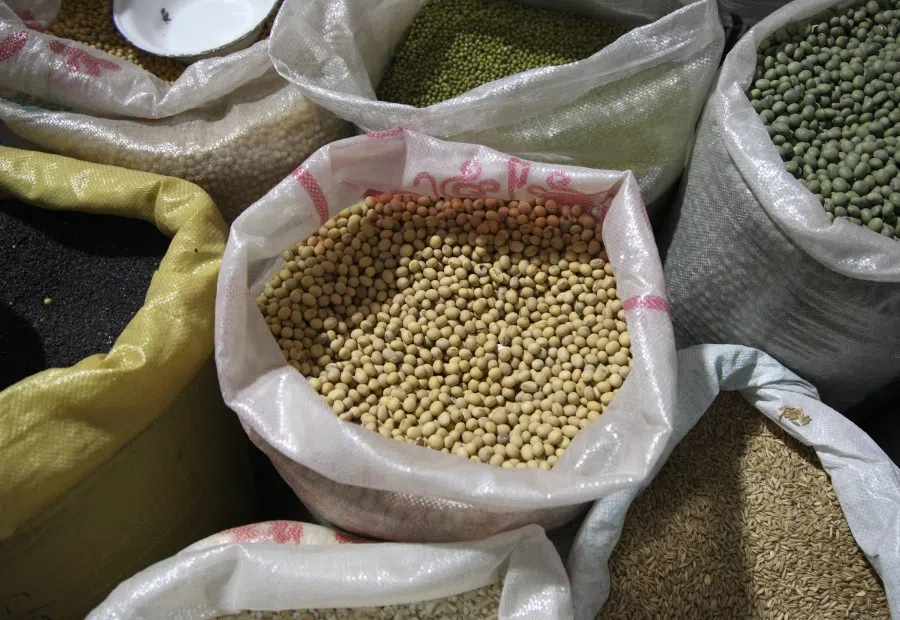
So what is new with China's food production and supply? Those who follow China's economy would be aware that in recent years, China's soybean imports have jumped to over 100 million tonnes in 2020. This is a stunning figure, and even the Chinese themselves feel the sudden rapid growth of soybean imports, because before 1994, China used to export soybeans, albeit a small volume.
More grain needed for animal feed
Besides being made into oil, soybeans are mainly used as animal feed. In recent years, the rapid growth in China's per capita income has led to clear shifts in food intake, mainly the continued decline in grain consumption, alongside a sharp increase in consumption of meat, eggs, and milk. In 1978, at the start of China's reform and opening up, per capita consumption of meat in China was just 8.9 kilograms, but by 2018, this figure was 48.2 kilograms, a jump of over 4.4 times. Eating more meat means rearing more domestic animals such as pigs, cows, and chickens, which calls for more feed supply. Pigs and cows are mainly fed on meal, but China's soybean production is limited, and given insufficient domestic supply, it can only fill the gap through imports - this is the fundamental reason for the sharp increase in China's soybean imports.
Then why does China not produce more soybeans? Because China's agricultural land is limited. Currently, apart from growing grains such as rice, wheat, and corn, there is no agricultural land left. Going by China's soybean production by area, it takes 800 million mu (53.3 million hectares) to produce 100 million tonnes of soybeans, and China's agricultural potential is spent - it cannot plant so much soybean. Besides, soybeans are more demanding on the soil in terms of pH, and the only land in China suitable for soybean cultivation is the black soil in Heilongjiang. Also, oil yield from imported soybeans significantly outstrips that of domestic soybeans, and so China's factories like to import soybeans from overseas while locally produced soybeans are not popular. This has pushed up imports of soybeans.
But even if China did have enough agricultural land left, being completely dependent on self-sufficiency in soybeans would not be the best policy. China's average soybean production per mu of land is less than 125 kilograms, while the US gets 240 kilograms. However, China's wheat production per mu is far higher than the US, while its production per unit area of rice and corn is also higher than the global average. So, in terms of comparative advantage, it would not be wise for China to grow a large volume of soybeans. Furthermore, soybean production requires a large amount of water for irrigation, and China's water resources are extremely limited. While it takes less water to produce one mu of soybeans as compared to rice, the figure is significantly higher as compared to wheat and corn - 64% and 100% more respectively. From the perspective of saving water, importing soybeans is a given.
And so, Brown's question needs to be adjusted to "Who will feed China's livestock?" In 2019, China's population accounted for about 18.82% of the global population; but it accounted for half of global pork consumption.
Working towards self-sufficiency
So, changes are quietly happening in China's food security strategy. It no longer makes generic statements about maintaining food security, but it is making adjustments for basic self-sufficiency in grains, and absolute food security - that is, focusing on self-sufficiency in the three main grain products of rice, wheat, and corn. And in terms of soybeans as feed and as food, China's guiding principle is clear: to mainly import, because China has no choice. For years, the Chinese government on various levels have been doing all they can to safeguard the red line of China's 1.8 billion mu of agricultural land, which is practically exhausted. And so, Brown's question needs to be adjusted to "Who will feed China's livestock?" In 2019, China's population accounted for about 18.82% of the global population; but it accounted for half of global pork consumption. Considering this, it is not surprising that China accounted for one-third of global soybean consumption.

There is a saying that one sees ridges and peaks depending on one's perspective (横看成岭侧成峰), and different people can have completely opposite conclusions about the same thing. For instance, China's high soybean imports are exactly what farmers and farm owners in the US, Brazil, and Argentina want, and they would of course be happy about it. But some senior officials and media in the West have expressed many different views on this.
For example, some years ago, Japanese media repeatedly played up the theme of "gorging China" (爆食的中国). "Gorging" in Japanese has the same meaning as "gluttony", despite the fact that Japan imports a far higher proportion of its food than China. In 2010, in an interview on Australian television, then US President Barack Obama was also forthright in expressing his concerns about China's rapid growth: if China's population of over one billion people had the same lifestyle as the US and Australia, that would be a tragedy and disaster for humankind - the earth would not be able to take it and the whole world would be in a very sad state.
Obama's comments have the same effect as Brown's proposition. But the people of each country all have the right to pursue a good life. This is a natural desire, which will not be swayed by the will of any foreign politician, regardless of the population of that country. And since Obama made those comments, the standard of life for the Chinese people has continued to improve, while countries that have started agricultural trade with China have also benefited a lot. For instance, although former US President Donald Trump pushed for "decoupling" in China-US trade, China's agricultural imports from the US went up by 66.9% last year, with an increase of 56.3% in soybean imports and 223.8% in pork imports - this highlights the core issue.
An improvement in the standard of living of the Chinese is not some beast or the end of the world, but a win-win result. Academics can give warnings, but their logic and reasoning has to make sense and their conclusions have to be sound. And the lamenting by politicians reflects an unhealthy attitude that does not help the situation and only exposes their narrow-mindedness.
